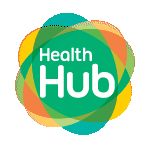404
We're sorry. But the page you're looking for cannot be found
It may have moved or no longer exists.
Please head back to our homepage
If you have any feedback, please contact us

Ask
HealthHub AI
HealthHub AI
Beta











